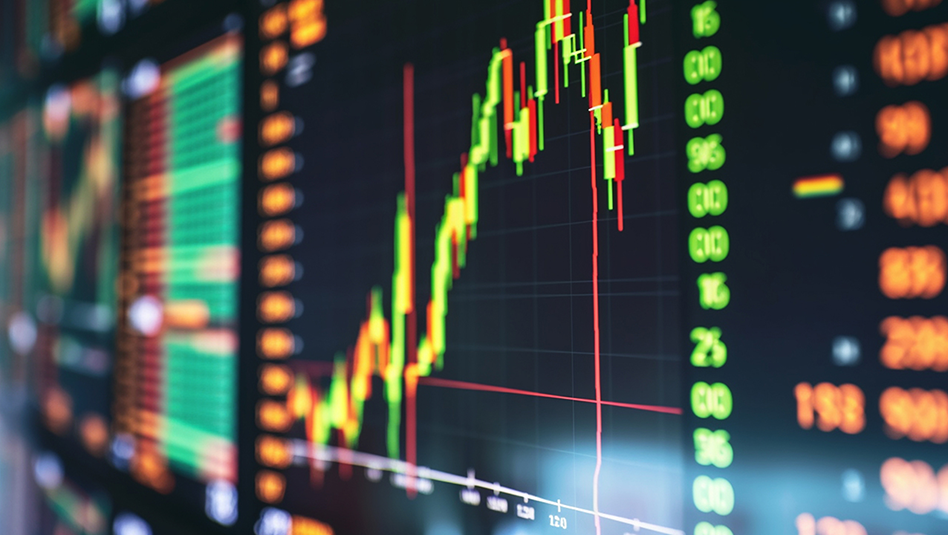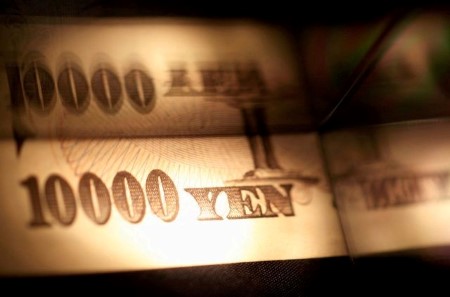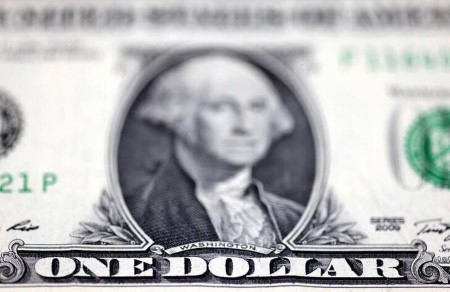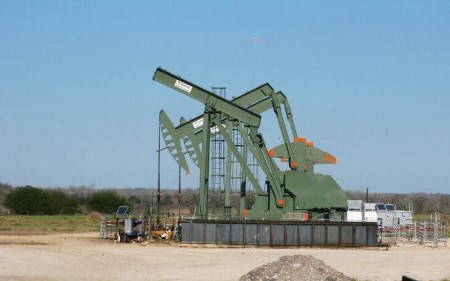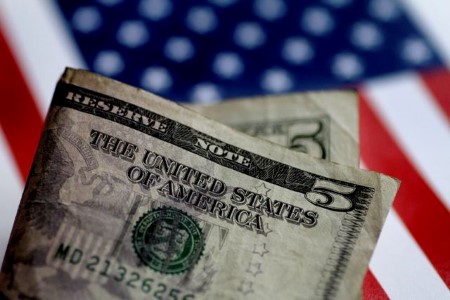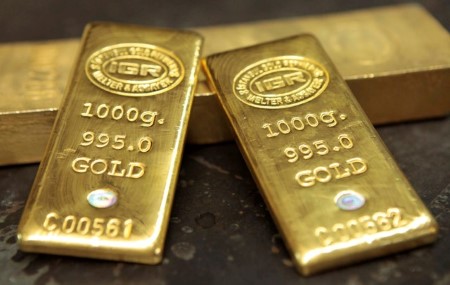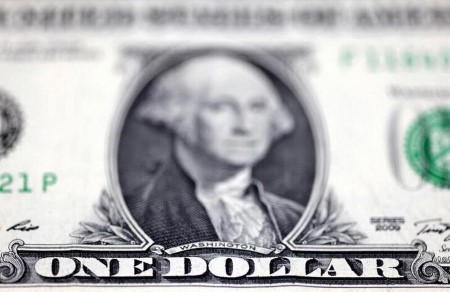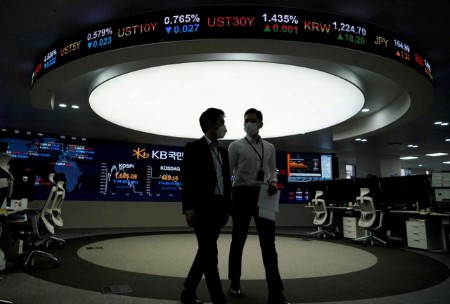LONDON/SINGAPORE, Feb 10 (Reuters) – Japanese markets reacted with shock on Friday to news that the government had picked academic Kazuo Ueda to be the next central bank governor, but investors quickly snapped up the yen and sold bonds on expectations he will end years of super-easy monetary policy.
The yen jumped 1% to flirt with 130 per dollar minutes after Reuters reported the government will nominate Kazuo Ueda, a former member of the central bank’s policy board, as the Bank of Japan’s next governor.
While Ueda is considered an expert on monetary policy, most analysts said the appointment of the 71-year-old was totally unexpected — he was not even considered a dark horse candidate — and could signal a move to phase out ultra-low interest rates sooner than initially expected.
Japanese government bonds (JGBs) fell, with 10-year yields hitting the 0.5% top end of policy band that is the crux of incumbent Governor Haruhiko Kuroda’s trademark yield-curve-control policy.
Investors’ interpretations of the appointment and the market moves were mixed as they tried to parse Ueda’s recent commentary.
“He’s been not terribly positive on Abenomics from the start. From about 2016, he was saying that it had basically failed, and the super large monetary easing was causing problems with the bond market, and these sorts of things,” said James Malcolm, UBS’s London-based head of currency strategy.
“I’m surprised that dollar yen is not 129 already. Maybe that’s just a result of people not knowing who these characters are.”
Some analysts thought markets were merely reacting to the fact that Deputy Governor Masayoshi Amamiya, who was until Friday viewed as the lead contender for the top job and had helped frame its ultra-loose policy, hadn’t been picked.
“There is probably a lack of clarity on Ueda’s policy leanings at the moment, but at least it is clear that Amamiya (who is seen as a dove) is out. That removes one of the headwinds for the yen,” said Christopher Wong, currency strategist at OCBC in Singapore.
“The knee-jerk reaction in yen appreciation is more of a reaction to Amamiya being out of the race.”
As per government sources, Ryozo Himino, former head of Japan’s banking watchdog, and BOJ executive Shinichi Uchida are being nominated as deputy governors – implying a major change of guard at the BOJ by the time Kuroda steps down in April.
The nominations need approval by both houses of parliament, which is a near certainty given the ruling coalition’s solid majority.
NEW LOOK, NEW POLICY
For some market participants, the new faces at the BOJ hinted at the need for change in an establishment that has struggled to distance itself from the controversial yield control policy without reputational damage.
Even after a near-decade of quantitative easing and yield control, Japan has not managed to achieve its 2% inflation target. Meanwhile, the BOJ’s increasingly large bond-buying operations have sapped bond markets of liquidity and distorted the yield curve.
“This is a surprise move. I think the new team means that they will redesign the BOJ’s monetary policy, not maintain the current policy,” said Takayuki Miyajima, a senior economist at Sony Financial Group in Tokyo. “That is why the 10-year JGB yield hit 0.5%.”
Still, analysts pointed to some of Ueda’s comments in the past that were seen as inconclusive about his leanings: his urge for caution in raising rates, his views that the Federal Reserve had been late with policy tightening in 2022 and his concern for the impact of inflation on Japan’s giant pension fund.
“The apparent choice for governor now – Ueda – is somewhat of a wild card for the markets,” said Stuart Cole, head macro economist at Equiti Capital.
“So we could yet be in for a volatile ride in the yen if he turns out to be singing from the same hymn sheet as Kuroda.”
(Writing by Vidya Ranganathan, additional reporting by Kevin Buckland and Junko Fujita in Tokyo, Amanda Cooper in London, Bansari Mayur Kamdar in Bangalore; Editing by Kim Coghill)







 DOWNLOAD
DOWNLOAD

